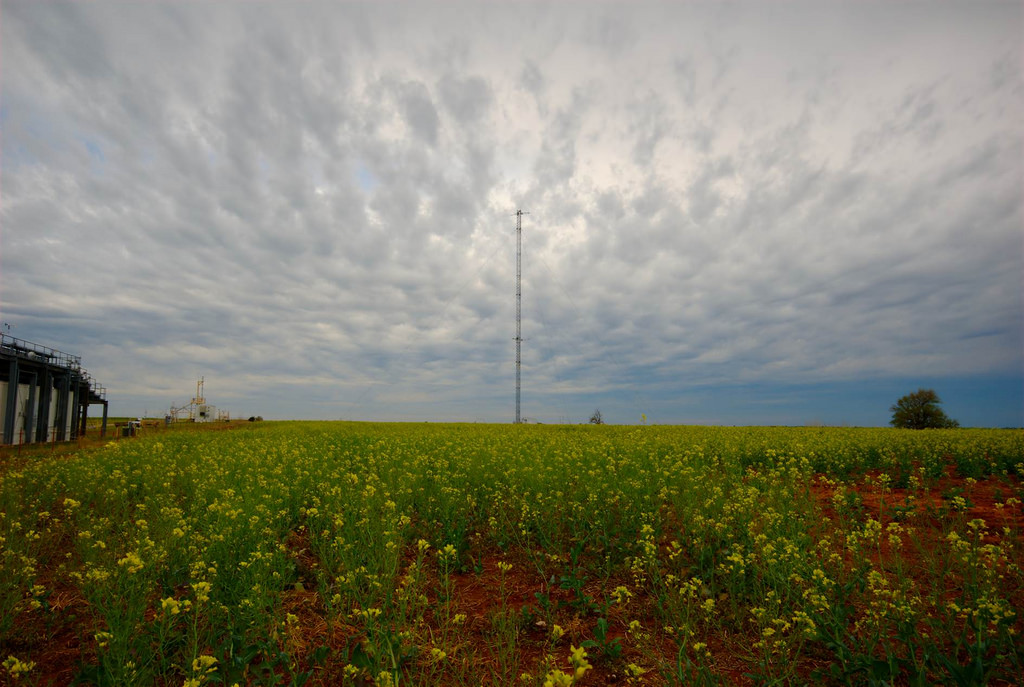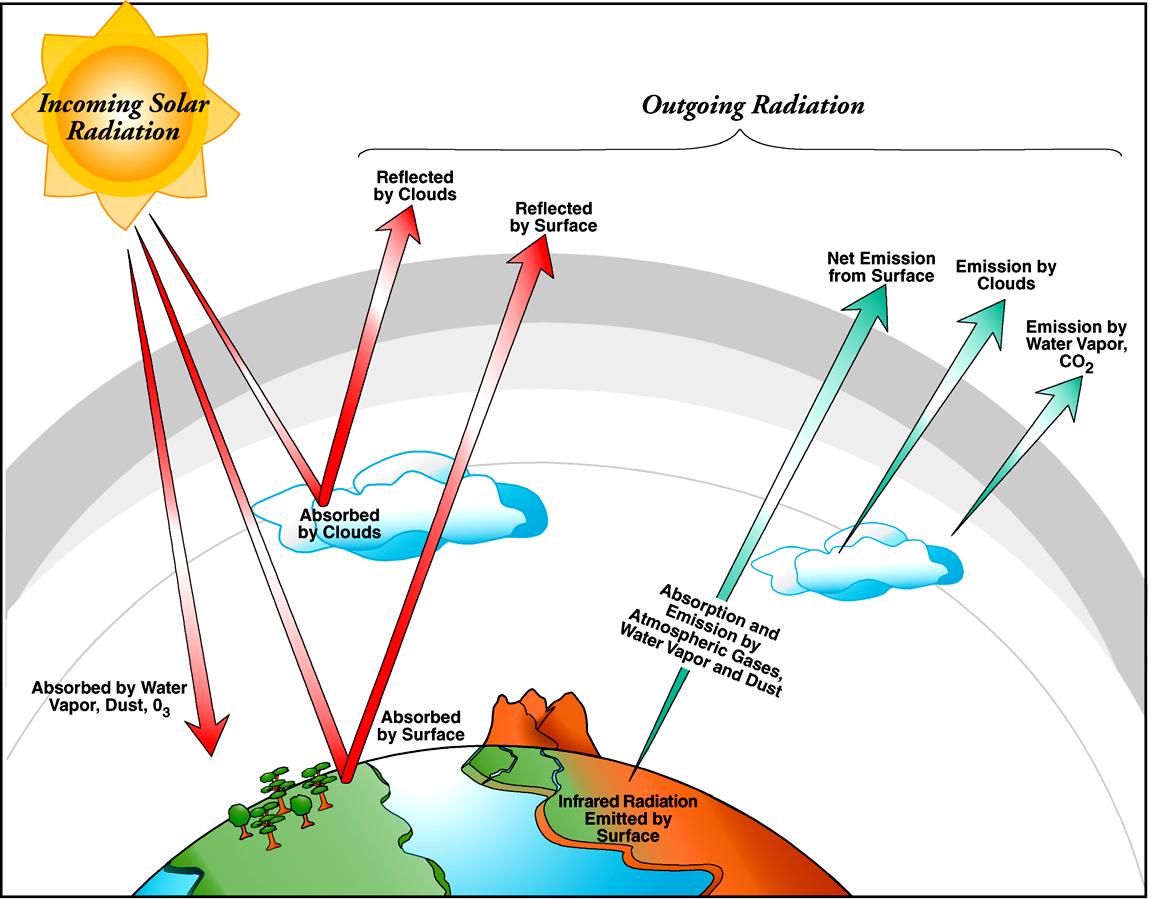
You might say that Yunyan Zhang, a climate scientist at Lawrence Livermore National Laboratory, was born to her work. In her native China, the first syllable of “Yunyan” means “cloud,” and the second “Canadian geese,” the migratory birds that take to the sky in V-shaped formations.
In a scientific way, Zhang took to the sky early. As an undergraduate at Peking University in Beijing she studied atmospheric sciences. Her undergraduate thesis explored numerical simulations of energy exchange between the atmosphere and the land’s soil and vegetation.
When Zhang started her Ph.D. studies at the University of California, Los Angeles, her main interest switched from the energy budget at the Earth’s surface to clouds. But how ground and sky interact to affect climate is still an avenue of study that captivates her. Today, she is co-leader of the Atmospheric System Research Land-Atmosphere-Cloud Interactions Interest Group.
In 2015, Zhang won a five-year, $2.5 million Early Career Research Program award from the Department of Energy (DOE) to study how soil moisture and surface heterogeneity affect cloud and rain processes. (Surface heterogeneity refers to the diversity of forms that may characterize land, including fractional vegetation cover, leaf area index, and bare soil.)
The award program—now in its seventh year—is designed to support important work by exceptional scientists in their formative research years.
Addressing the Cloud Problem
Zhang’s research interests at the Lawrence Livermore’s Climate Program include the life cycle of clouds, especially the mechanisms affecting the formation of boundary layer clouds and their transition to deep convection rain events.
Soil moisture, atmospheric boundary layer clouds, and precipitation are very important components of the climate system, she said. But the interactive processes between land surface and convection are poorly understood.

Zhang’s Early Career Research project addresses what she called “large discrepancies” in how current global and regional climate models represent the way land surface conditions affect cloud formation and precipitation.
“The representation of boundary layer clouds is always a problem in climate models,” said Zhang. So is how to represent precipitation and convection with the correct diurnal variation.
In all, the project’s aim is to advance the understanding of these detailed physical processes and to leverage that understanding to reduce uncertainties in climate models.
To get there, Zhang is combining cloud-scale models with years of observational data from DOE’s Atmospheric Radiation Measurement (ARM) Climate Research Facility. Most of the data were collected at ARM’s 55,000-square mile Southern Great Plains(SGP) atmospheric observatory in flat, stormy north-central Oklahoma and southern Kansas. Diverse ground cover at SGP, in addition to instruments measuring heat and soil moisture, make a fine outdoor laboratory for Zhang and her team, at their computers 40 miles east of San Francisco.
To shed light on the complexities of land-atmosphere interaction, Zhang’s research uses two main strategies. One is observational data analysis. The other is a modeling tool called large-eddy simulations (LES), which can help “give us a full picture of how clouds form,” said Zhang.
Modeling Strategies at Work

Her modeling laboratory is the land-boundary-layer cloud interface, where shallow cumulus clouds play a very important role. These boundary-layer clouds modulate the Earth’s energy budget by affecting how much of the sun’s energy is either absorbed by the planet or radiated back into space.
The properties of the land surface also play an important role in the same interface, including the extent and type of its vegetative cover and the relative moisture of its soils. Those land properties, like low clouds, also influence the Earth’s radiative energy budget and have an effect on precipitation events.
Analysis like this might only be possible and most suitable with data from SGP, said Zhang. The site’s long-term network observations on different cloud types and various soil moisture conditions will “constrain” LES, or large-eddy simulations—that is, keep them within realistic bounds.
Big Data from ARM
To bolster her models with real-world observations, Zhang relies largely on data from instruments at SGP. Soil moisture data, for instance, is drawn from decades of measurements from a device called the Soil Water and Temperature System. For data on vertical fluxes of sensible and latent heat, which influence cloud base height and convection, Zhang uses data from ARM’s Energy Balance Bowen Ratio Station and Eddy Correlation Flux Measurement System.
Analyzing observational data does three things, she said: 1) It characterizes the importance of regional moisture recycling over different land covers. 2) It investigates how soil moisture levels influence precipitation. And, 3) it explores the effect of soil moisture levels on convection and on mesoscale circulation.
Zhang compared that circulation to “an ocean sea breeze feature” that adds to the turbulence already present in the boundary layer.
About a year into their research, she and her team in the cloud process group at Lawrence Livermore are poised to submit their first two papers. “We have made great progress this past year,” said Zhang, mostly by focusing on two things: turbulence beneath shallow cumulus clouds and the soil-condition preference of different cloud types.

As for soil-condition preferences: Studies show that late-afternoon precipitation events over land may have a preference for either wet or dry soil conditions. Zhang’s team uses measurements from both ARM and the Oklahoma Mesonet (a series of environmental monitoring stations) to get data on soil moisture, clouds, and precipitation.
From there, the team studies the possible relationships that link soil wetness and the spatial diversity of soil moisture with different convective cloud regimes. (These include forced and active fair-weather shallow cumulus regimes and late-afternoon deep-convection cloud regimes.) This relational investigation provides a missing piece in previous observational studies of the relationship between soil moisture and precipitation.
“What I am doing for years is building up observational cases to study for different convection regimes that would be valuable to constrain LES and parameterization of climate models,” said Zhang. Particularly helpful is the ARM data sets that concurrently measure clouds, precipitation, atmospheric conditions, and land-surface processes.
“By analyzing all this long-term data,” she said, “we will have an idea of the mechanisms behind how clouds work.”
Outside the laboratory, and despite her evocative name, Zhang looks at clouds only as a scientist would, and not as an adult who briefly feels the inchoate wonder of childhood. “I always ask: How are they formed? Why are they organized together? Why do some grow deep?” she said. “It’s an inevitable habit.”
This work was supported by the U.S. Department of Energy’s Office of Science, through the Biological and Environmental Research program as part of the Atmospheric System Research program.

